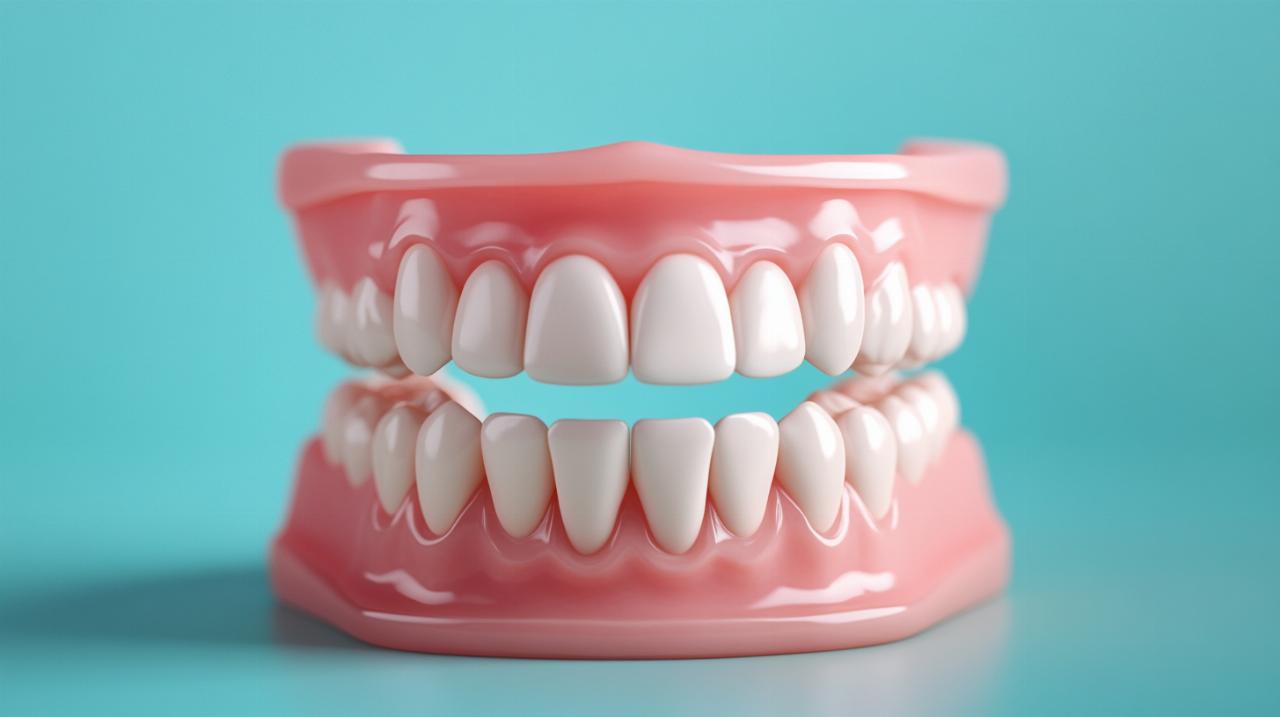When a dental crisis strikes at the most inconvenient moment, finding an immediate solution becomes paramount. Whether it is a lost filling, a chipped tooth, or sudden discomfort that leaves you searching for relief, temporary dental filling solutions offer a practical stopgap until professional care becomes available. These emergency measures are not intended to replace a visit to your dentist but serve as an invaluable bridge during those times when access to dental services is not immediately possible. Understanding how to navigate these situations with confidence can make all the difference in managing pain and protecting your oral health.
Understanding when you need a temporary dental filling
Recognising the circumstances that call for a temporary dental filling is crucial in preventing further damage to your teeth. Many people experience dental emergencies without realising the urgency of the situation, which can lead to complications if left unaddressed. Temporary fillings are designed to provide short-term relief and protection, allowing you to manage discomfort and safeguard the affected tooth until you can arrange a proper dental appointment. Knowing when to act can prevent a minor issue from escalating into a more serious problem.
Common dental emergencies requiring immediate attention
Dental emergencies can arise unexpectedly, often catching individuals off guard. One of the most frequent scenarios involves a filling that has fallen out, leaving the tooth exposed and vulnerable to sensitivity and pain. This can occur due to natural wear and tear, or as a result of eating particularly hard or sticky foods. Another common situation is a tooth that has cracked or chipped, which may create sharp edges that irritate the tongue or cheeks, while also exposing the inner layers of the tooth to bacteria and temperature changes. Temporary dental fillings from pharmacies can help with tooth pain until you see a dentist, offering a practical solution during these stressful moments.
Sudden toothache caused by decay or infection is another scenario where a temporary filling can provide relief. When a cavity deepens or an existing filling deteriorates, the nerve inside the tooth becomes more exposed, leading to heightened sensitivity and discomfort. In such cases, applying a temporary filling can create a barrier that reduces pain and shields the tooth from further irritation. Additionally, individuals who experience dental trauma, such as a blow to the mouth during sports or an accident, may find that a temporary filling helps stabilise a damaged tooth until professional treatment is available. For those exploring options, the tiendahoy blog may offer useful insights into managing these urgent situations with available resources.
Signs your tooth needs urgent temporary treatment
Identifying the signs that indicate a need for urgent temporary treatment can help you respond quickly and effectively. Persistent pain that worsens when consuming hot, cold, or sweet foods is a clear signal that the tooth requires immediate attention. This type of sensitivity often suggests that the protective layers of the tooth have been compromised, leaving the inner structures vulnerable. Similarly, if you notice a visible hole or gap in your tooth where a filling used to be, this is a definite indication that a temporary solution is necessary to prevent further decay and discomfort.
Other warning signs include swelling or tenderness in the gums surrounding the affected tooth, which may point to an underlying infection or inflammation. Sharp or throbbing pain that disrupts your daily activities or sleep is another red flag that should not be ignored. In some cases, you may also detect a foul taste or odour emanating from the tooth, which can be a sign of bacterial activity within the cavity. If any of these symptoms are present, it is advisable to use a temporary filling as a stopgap measure while arranging an appointment with your dentist. Acting promptly can help mitigate the risk of complications and preserve the integrity of your tooth.
Quick fixes: over-the-counter temporary filling options
Over-the-counter temporary filling kits have become increasingly accessible, providing a convenient solution for those facing dental emergencies outside of regular surgery hours. These products are designed to be user-friendly, allowing individuals to address urgent dental issues without requiring specialised knowledge or equipment. While they are not a substitute for professional dental care, they offer a practical and effective way to manage pain and protect a damaged tooth in the short term. Understanding the options available and how to use them correctly can empower you to take control of your dental health during an emergency.

Chemist-available dental cement kits for emergency use
Pharmacies across the country stock a variety of dental cement kits specifically formulated for emergency use. These kits typically include a pliable material that can be moulded to fit the cavity or damaged area of the tooth, creating a temporary seal that shields the exposed nerve and prevents debris from entering. One popular product is the Safe & Sound Temporary Tooth Filling, which is available for approximately eight pounds and seventy-nine pence, making it an affordable option for many households. The compact packaging, often weighing around fifty grams, makes it easy to store in a medicine cabinet or take along when travelling.
These kits are designed to be easy to apply, even for those who have never used such a product before. The dental cement provided is usually soft and pliable when first removed from the packaging, allowing it to be shaped and pressed into the cavity with minimal effort. Once in place, the material hardens to form a protective barrier that can last for several days or even weeks, depending on the quality of the product and the care taken during application. Many kits also come with detailed instructions that guide users through each step of the process, ensuring that the temporary filling is applied correctly and safely.
Proper application techniques for stop-gap solutions
Applying a temporary dental filling correctly is essential to maximising its effectiveness and ensuring that it remains in place until you can visit your dentist. The first step is to thoroughly clean the affected tooth, removing any food particles or debris that may have accumulated in the cavity. This can be done by gently rinsing your mouth with warm water or using a soft toothbrush to carefully clean the area. It is important to dry the tooth as much as possible before applying the filling, as moisture can interfere with the adhesion of the dental cement.
Once the tooth is clean and dry, take a small amount of the dental cement and roll it into a ball between your fingers. The material should be soft and pliable, making it easy to shape. Press the cement firmly into the cavity, ensuring that it fills the space completely and creates a smooth surface that is level with the surrounding tooth structure. Avoid biting down too hard immediately after application, as this can dislodge the filling before it has had a chance to set. Instead, allow the material to harden for the recommended amount of time, which is usually indicated in the product instructions.
After the temporary filling has been applied, it is advisable to avoid eating or drinking for at least an hour to give the cement time to fully set. When you do resume eating, try to chew on the opposite side of your mouth to minimise pressure on the temporary filling. Soft foods are preferable during this period, as hard or sticky items can dislodge the filling or cause further damage to the tooth. While the temporary filling is in place, continue to maintain good oral hygiene by brushing gently around the affected area and rinsing with an antiseptic mouthwash if recommended by your dentist.
It is important to remember that temporary fillings are not a permanent solution and should only be used as a stopgap measure until professional dental treatment can be obtained. If you experience continued pain, swelling, or other symptoms after applying a temporary filling, contact your dentist as soon as possible to arrange an examination. By following these guidelines and using the products available from your local chemist, you can effectively manage a dental emergency and protect your oral health until you are able to receive the care you need.


